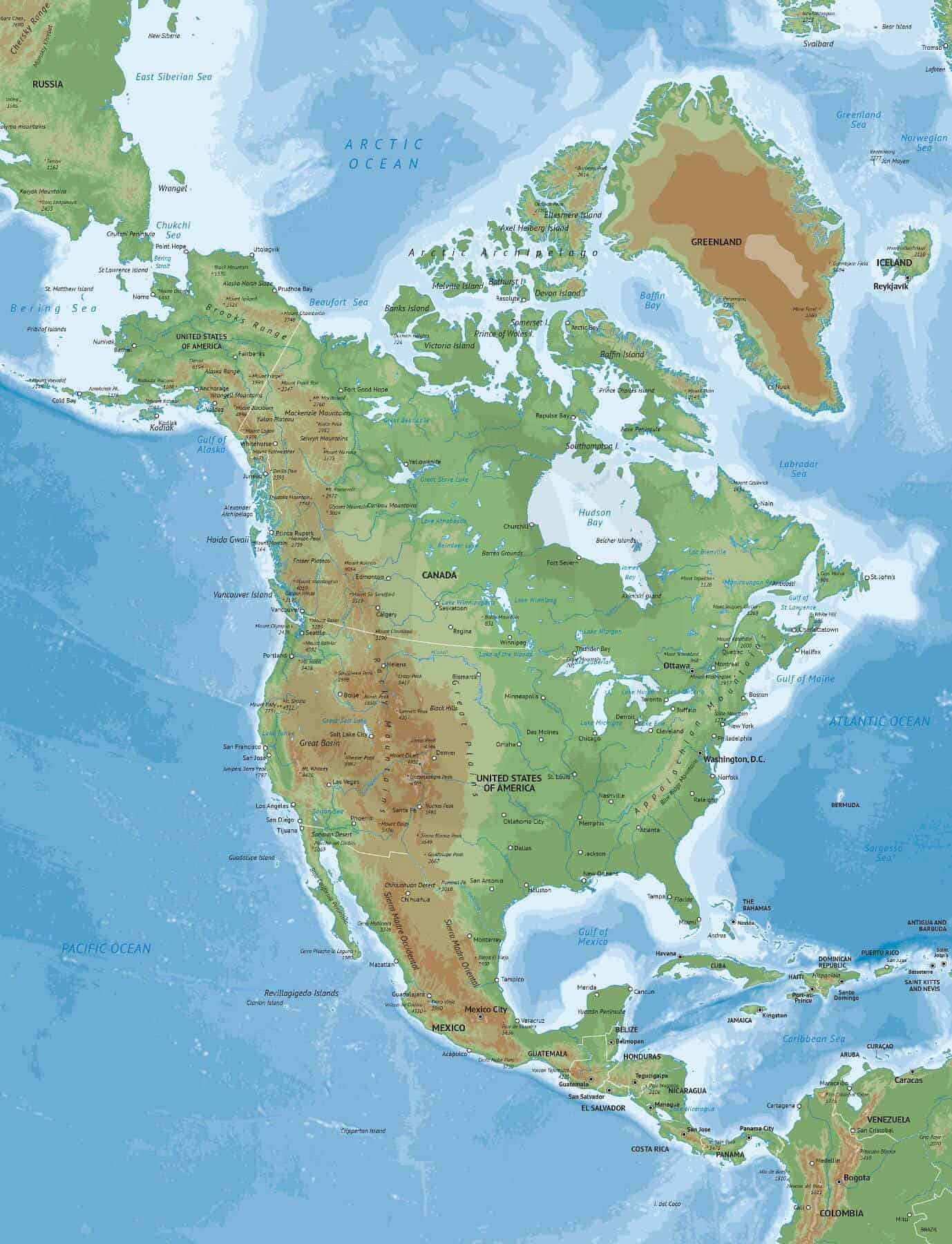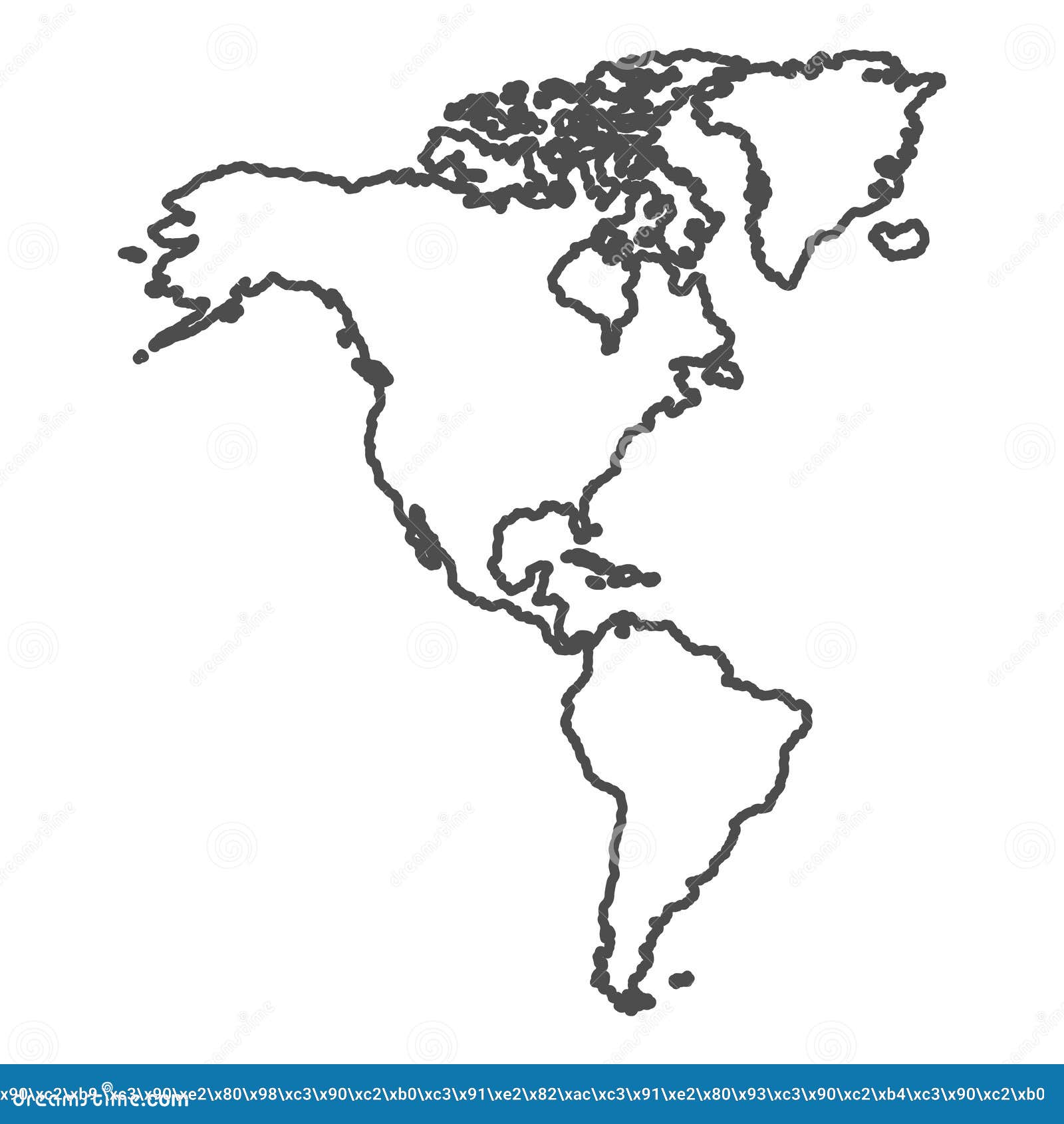The continent of North America is a land of striking contrasts, ranging from towering mountain ranges and vast deserts to lush forests and sparkling lakes. It is also home to an incredibly diverse array of wildlife, from the mighty grizzly bear to the tiny hummingbird.
Editor's Notes: "North America: A Continent Of Diverse Landscapes And Abundant Wildlife" is published to deliver the information that you've been looking for. Therefore, we put together this guide to help you make the right decision.
In this article, we will explore the diverse landscapes and abundant wildlife of North America. We will discuss the unique features of each region and highlight some of the most iconic species that call it home.
| Landscapes | Wildlife |
|---|---|
| Mountains, deserts, forests, lakes | Bears, wolves, moose, deer, eagles, hawks, owls |
The Diverse Landscapes of North America
FAQ
This FAQ section aims to provide concise answers to frequently asked questions about the diverse landscapes and abundant wildlife of North America.
Question 1: What factors contribute to the exceptional biodiversity of North America?
North America boasts a wide range of ecosystems, from vast forests and prairies to deserts, mountains, and wetlands. These diverse habitats support a multitude of species due to factors such as varied climates, geological formations, and the continent's size, which provides ample space for speciation.

Vector Map of North America Continent Physical | One Stop Map - Source www.onestopmap.com
Question 2: Which iconic wildlife species are found in North America?
The continent is home to a diverse array of iconic species, including grizzly bears, bald eagles, bison, moose, and wolves. These animals thrive within specific ecosystems and play crucial roles in maintaining ecological balance.
Question 3: How do North American landscapes shape the behavior and adaptations of its wildlife?
Habitat characteristics significantly influence the behavior and adaptations of North American wildlife. For example, wolves in northern forests exhibit cooperative hunting strategies, while desert species such as coyotes have developed unique water conservation mechanisms.
Question 4: What conservation efforts are in place to protect North America's landscapes and wildlife?
Numerous conservation initiatives aim to preserve the continent's natural heritage. These include the establishment of national parks and wildlife refuges, habitat restoration projects, and awareness campaigns to promote responsible land management practices.
Question 5: How does climate change impact North America's landscapes and wildlife?
Climate change poses significant threats to North American ecosystems. Rising temperatures and altered precipitation patterns can disrupt habitats, affect species distributions, and lead to increased frequency and severity of natural disasters.
Question 6: What can individuals do to support the conservation of North America's natural heritage?
Individuals can contribute to conservation efforts by reducing their ecological footprint, supporting organizations involved in wildlife protection, and advocating for policies that safeguard natural resources.
By gaining a deeper understanding of the intricate relationships between North America's landscapes and wildlife, we can better appreciate and protect this extraordinary continent's natural treasures.
Proceed to the next section for...
Tips

Surreal landscapes and abundant wildlife await visitors at Shuklaphanta - Source kathmandupost.com
Native to North America: A Continent Of Diverse Landscapes And Abundant Wildlife, black bears are easily recognizable by their distinctive fur and stocky build.
Tip 1: Learn about the wildlife and their habitats.
Knowing what animals live in an area and where they're likely to be found can help you avoid encounters and appreciate them from a distance.
Tip 2: Make noise while hiking.
Talking, singing, or clapping your hands can alert animals to your presence and give them time to move away.
Tip 3: Store food and garbage properly.
Food and garbage can attract animals, so store them securely in airtight containers or bear-proof canisters.
Tip 4: Keep your distance.
Even if an animal appears tame, it's important to maintain a safe distance. Never approach or feed wildlife.
Tip 5: Be prepared for encounters.
Carry bear spray or other deterrents and know how to use them. Be aware of your surroundings and have a plan in case of an encounter.
Tip 6: Report any sightings.
If you see an animal that is behaving aggressively or is in distress, report it to the nearest ranger station or wildlife agency.
Tip 7: Be respectful of wildlife.
Remember that wildlife is wild and should be treated with respect. Observe animals from a distance and do not disturb them.
These tips can help you enjoy your time in North America's natural habitats while minimizing the risk of wildlife encounters.
North America: A Continent Of Diverse Landscapes And Abundant Wildlife
North America stands as a continent of remarkable diversity, boasting a captivating array of landscapes and a thriving abundance of wildlife.
These diverse landscapes and abundant wildlife contribute significantly to North America's ecological and cultural heritage. They provide valuable ecosystem services, support thriving tourism industries, and inspire countless works of art and literature. Understanding and appreciating the unique aspects of this continent are crucial for shaping conservation policies and ensuring the well-being of both human and wildlife populations.

North America Continent Highlighted on Earth Globe Stock Vector - Source www.dreamstime.com
North America: A Continent Of Diverse Landscapes And Abundant Wildlife
North America, spanning from the Arctic Circle in the north to the Isthmus of Panama in the south, exhibits a remarkable diversity of landscapes and wildlife. This connection is crucial, as the physical environment shapes the distribution and abundance of species within the continent. The intricate relationship between North America's diverse landscapes and its abundant wildlife is a testament to the planet's ecological complexity.

North and South America Outline World Map, Vector Illustration Isolated - Source www.dreamstime.com
For instance, the vast and rugged Rocky Mountains, stretching from Canada to the United States, provide habitat for a wide variety of species adapted to alpine and subalpine environments. The presence of grizzly bears, mountain goats, and bighorn sheep exemplifies the ecological significance of this mountainous landscape. Conversely, the Great Plains, a vast grassland ecosystem in the central part of North America, supports bison, pronghorn antelopes, and a myriad of migratory birds.
Furthermore, the continent's numerous freshwater ecosystems, such as the Great Lakes and the Mississippi River, are vital habitats for a diverse array of aquatic species. Lakes and rivers support a range of fish, amphibians, reptiles, and waterfowl, while wetlands provide critical breeding and feeding grounds for resident and migratory species. The presence of abundant water resources significantly contributes to the overall biodiversity of North America.
Understanding the connection between North America's landscapes and wildlife is crucial for effective conservation efforts. By safeguarding diverse habitats, we can ensure the survival of numerous species and maintain ecological balance. The conservation of North America's natural heritage is not only essential for wildlife but also benefits human well-being, providing ecosystem services such as clean water, air purification, and carbon sequestration.
| Landscape | Wildlife |
|---|---|
| Rocky Mountains | Grizzly bears, mountain goats, bighorn sheep |
| Great Plains | Bison, pronghorn antelopes, migratory birds |
| Great Lakes | Various fish, amphibians, reptiles, waterfowl |
| Mississippi River | Fish, amphibians, reptiles, migratory waterfowl |
Conclusion
The intricate relationship between North America's diverse landscapes and abundant wildlife underscores the importance of habitat conservation. Preserving these landscapes ensures not only the survival of countless species but also the sustainability of ecosystem services vital to human well-being. By appreciating and protecting the continent's natural heritage, we contribute to a balanced and resilient environment for future generations.
Ongoing efforts to understand and manage the connection between landscapes and wildlife are essential for the long-term health of North America's ecosystems. Collaboration among scientists, conservationists, and policymakers is crucial to develop and implement effective strategies that support both wildlife populations and human communities. By valuing and safeguarding the continent's natural treasures, we strengthen the intricate web of life that ultimately sustains us all.